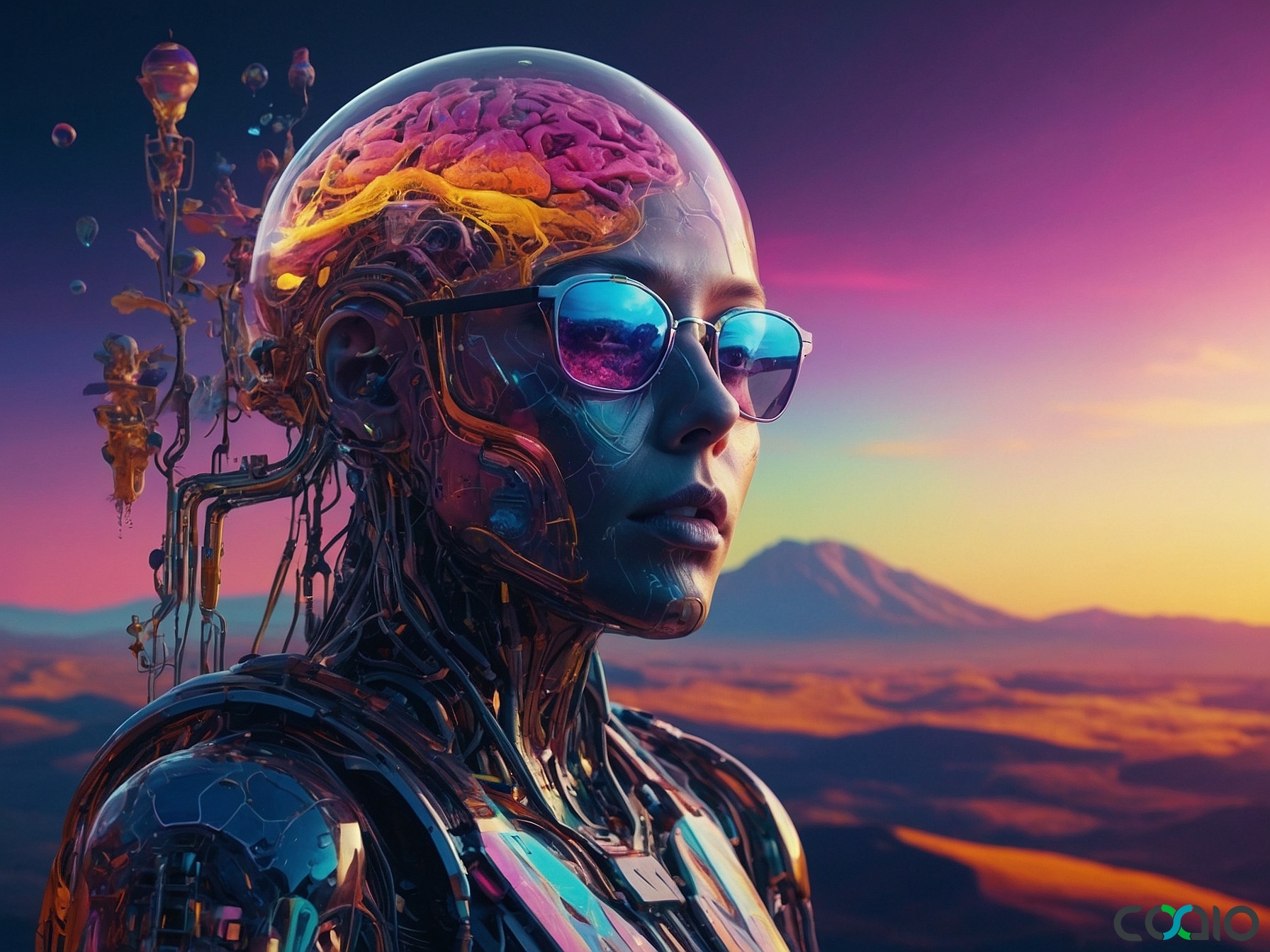
Unlocking the Future of Software Development: Key Trends and Innovations in 2025
As we dive into August 2025, the software development landscape is buzzing with transformative changes, from grappling with legacy systems to embracing AI-driven innovations. Today’s tech news highlights critical challenges and breakthroughs that are reshaping how businesses build and maintain software. With enterprises worldwide facing the dual pressures of rapid digital transformation and resource constraints, the latest developments underscore the need for strategic approaches to modernization and innovation. This article explores key stories from SD Times and TechCrunch, offering insights into code modernization, AI’s role in development, funding for tech startups, and the evolving design ecosystem.
The Code Modernization Conundrum in Large Enterprises
In the fast-paced world of software development, legacy code remains a double-edged sword. As detailed in a recent SD Times article, many large organizations are wrestling with systems built decades ago, such as intricate SQL procedures and business logic that support massive platforms handling over 3 million concurrent users and hundreds of micro code deployments weekly Read more. This “conundrum” arises because updating these systems can lead to unintended disruptions, where a single change might cascade into widespread failures. For instance, enterprises often deal with the chaos of outdated architectures that were never designed for today’s scalability demands, making modernization not just a technical upgrade but a high-stakes balancing act.
The article emphasizes how companies must navigate this complexity to stay competitive. In 2025, with digital transformation accelerating, businesses are prioritizing refactoring and migration strategies to cloud-native environments. This shift is crucial for enhancing performance and security, yet it requires meticulous planning to avoid downtime. Experts point out that the beauty of these legacy systems lies in their proven reliability, but their chaos stems from the risk of obsolescence in an era of agile development and microservices. As software teams push for more efficient workflows, the lessons from this conundrum highlight the importance of proactive risk assessment and iterative updates, ensuring that core functionalities remain intact while adapting to new technologies.
AI’s Growing Influence and the Data Quality Crisis
Artificial intelligence continues to revolutionize software development, but it’s not without its pitfalls. A compelling piece from SD Times sheds light on the “hidden crisis” where companies have rushed into AI adoption without establishing solid data foundations Read more. This oversight has led to unreliable AI outcomes, as even advanced algorithms falter when fed with flawed or incomplete data. The consequences are far-reaching, extending beyond subpar performance to potential financial losses and eroded trust in AI-driven systems.
For software developers, this underscores a strategic imperative: prioritizing data quality from the outset. In July 2025 alone, as covered in another SD Times update, Google introduced its Opal tool, enabling users to build mini AI applications through simple prompts without any coding expertise Read more. This no-code revolution democratizes AI development, allowing non-technical users to chain prompts and models for custom apps. However, the article warns that without high-quality data, these innovations could backfire, leading to inaccurate predictions or biased outputs. As AI integrates deeper into software workflows, developers must focus on robust data governance practices, such as regular audits and ethical sourcing, to harness its full potential.
This trend is particularly relevant for industries like finance and healthcare, where AI-powered software handles sensitive operations. The broader implications suggest a shift toward collaborative tools that emphasize data integrity, potentially reducing development cycles and costs. By addressing these challenges head-on, software teams can create more resilient systems that leverage AI for predictive analytics, automated testing, and personalized user experiences.
Funding and Innovation in Tech Startups
The startup ecosystem is thriving, with fresh funding rounds signaling growth in software-related sectors. TechCrunch reported that Indian startup Jeh Aerospace raised $11 million to tackle global supply chain bottlenecks in the commercial aircraft industry Read more. While this might seem niche, it highlights how software development plays a pivotal role in optimizing logistics and manufacturing processes. Jeh Aerospace’s platform likely incorporates advanced software for real-time tracking, predictive maintenance, and supply chain analytics, demonstrating how tech innovations can alleviate global challenges.
Similarly, in the design and creative software space, another TechCrunch story reveals a shakeup in the industry Read more. Dribbble’s enforcement of terms that require a cut of designers’ work has prompted a top designer to launch a competing platform. This move not only reflects the competitive nature of software tools for creatives but also underscores the need for platforms that empower users without restrictive policies. For software developers building such tools, this incident serves as a reminder of the importance of user-centric design and fair monetization models.
These funding stories illustrate a broader trend: investors are pouring resources into software solutions that address real-world problems, from supply chain efficiencies to creative ecosystems. In 2025, this influx of capital is accelerating the development of integrated software platforms that combine AI, cloud computing, and user-friendly interfaces, fostering innovation across sectors.
Emerging Trends and Their Impact on Software Development
Looking ahead, the interplay of these news items points to several emerging trends in software development. First, code modernization is no longer optional; it’s a necessity for scalability and security. Enterprises are adopting hybrid approaches, blending legacy systems with modern microservices to minimize risks while enhancing functionality. Second, AI’s integration demands a focus on data ethics and quality, as seen in the rapid evolution of tools like Google’s Opal, which could redefine no-code development.
Moreover, the startup funding landscape is encouraging more specialized software solutions, particularly in areas like aerospace and design. This diversification is driving demand for cost-effective development practices that can quickly iterate and scale. As software teams navigate these trends, the key lies in fostering collaboration, leveraging automation, and prioritizing user needs to build robust, future-proof applications.
In a world where software underpins nearly every industry, these developments remind us of the ongoing need for innovation and adaptability. Whether it’s refactoring legacy code or harnessing AI for efficiency, the software development field is evolving to meet the demands of a digital-first economy.
As we wrap up this exploration of 2025’s software news, imagine a landscape where groundbreaking ideas flourish without the burdens of technical hurdles. Picture a partner that streamlines the path for founders, turning visions into reality with smart, efficient strategies—much like navigating through the code conundrums and AI challenges discussed here. This is the essence of innovation at its core, where ideas take flight backed by seamless execution and minimal risks.
About Coaio
Coaio is a Hong Kong-based tech firm that specializes in outsourcing software development and building expert teams in Vietnam. We offer comprehensive services including business analysis, competitor research, risk identification, design, development, and project management, delivering cost-effective, high-quality software solutions for startups and growing companies. By partnering with us, you can focus on your core vision while we handle the technical complexities, providing user-friendly designs and efficient tech management tailored for clients in the US and Hong Kong, ultimately helping you bring ideas to life with reduced risks and optimized resources.
 English
English
 Français
Français
 Español
Español
 廣東話
廣東話
 中文
中文
 日本語
日本語
 한국어
한국어
 العربية
العربية
 Deutsch
Deutsch

